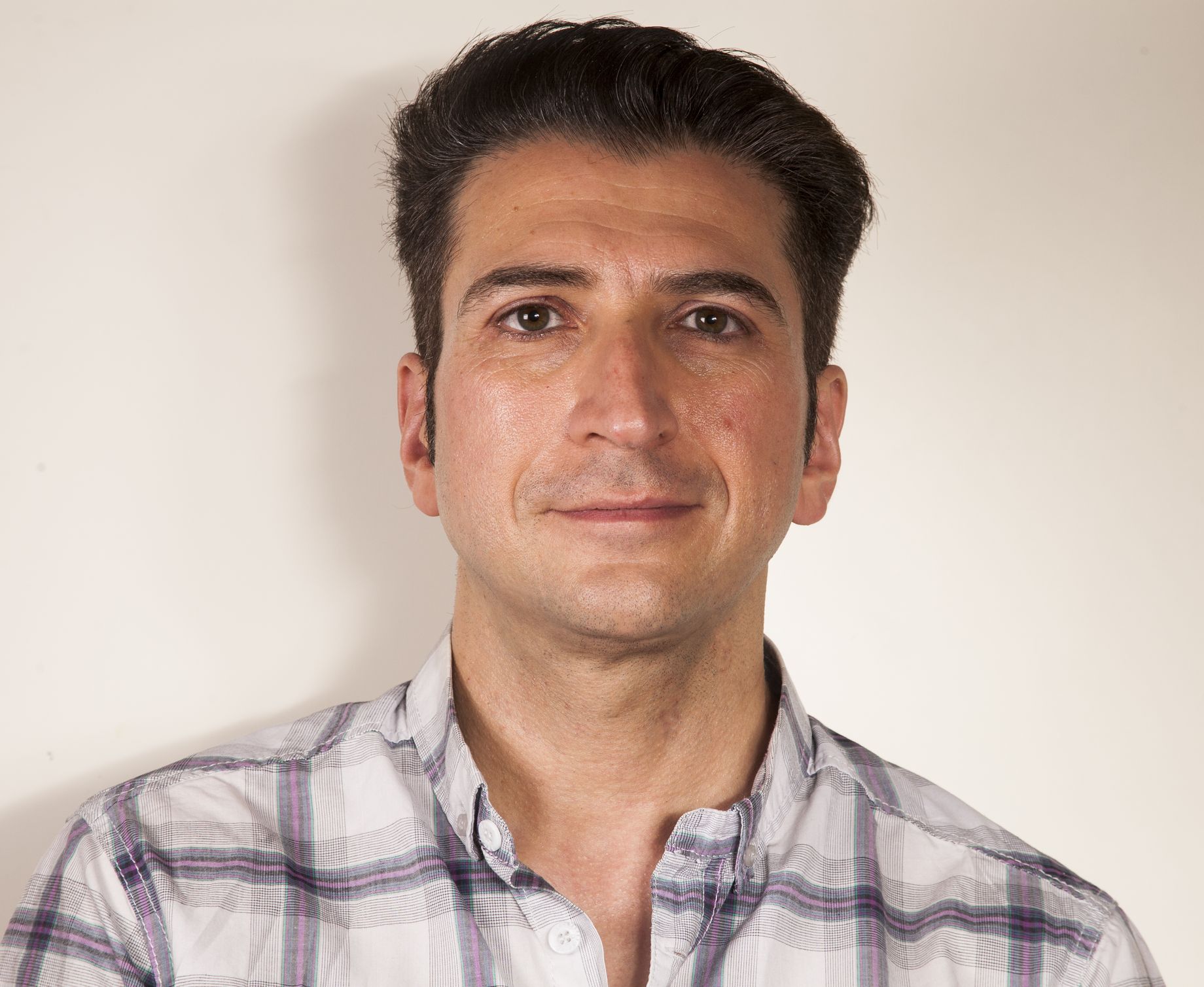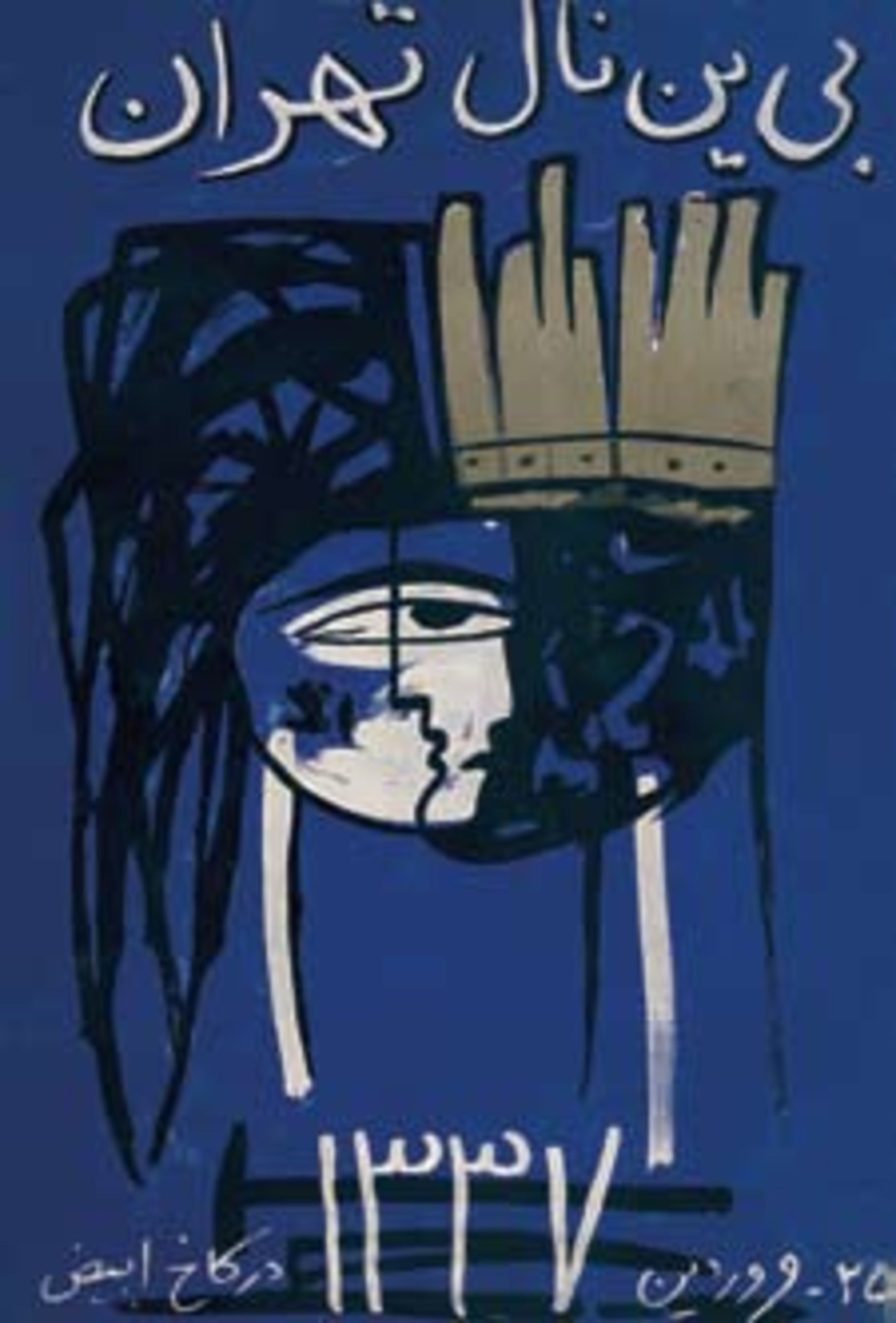Art History and Modern Aesthetics in Iranian Context
Mapping the historical context in which art history developed in Iran, this project aims to survey the interrelation between the narratives of art history and the ideologies adopted by the Iranian intelligentsia to construct Iran’s identity during the last century. Since the development of modern nation-state in early-twentieth century Iran, artists has produced their art in relation to the “other” West and in search of indigenisation and authenticity. In this research, I intend to portray the ways in which modernist aesthetic values were perceived, appropriated and transformed within the socio-cultural context of modern Iran. I will focus on three historical moments to analyse the construction of art history in Iran: the writings of Western art historians and archaeologists on Iranian art in the second quarter of the twentieth century; the relationship between art historical narratives and intellectual thoughts in 1960s Iran; and the new waves of artistic practice and its consequent shift in theoretical discussions in recent years. My final intention is to publish a book out of several articles on the above-mentioned areas.



